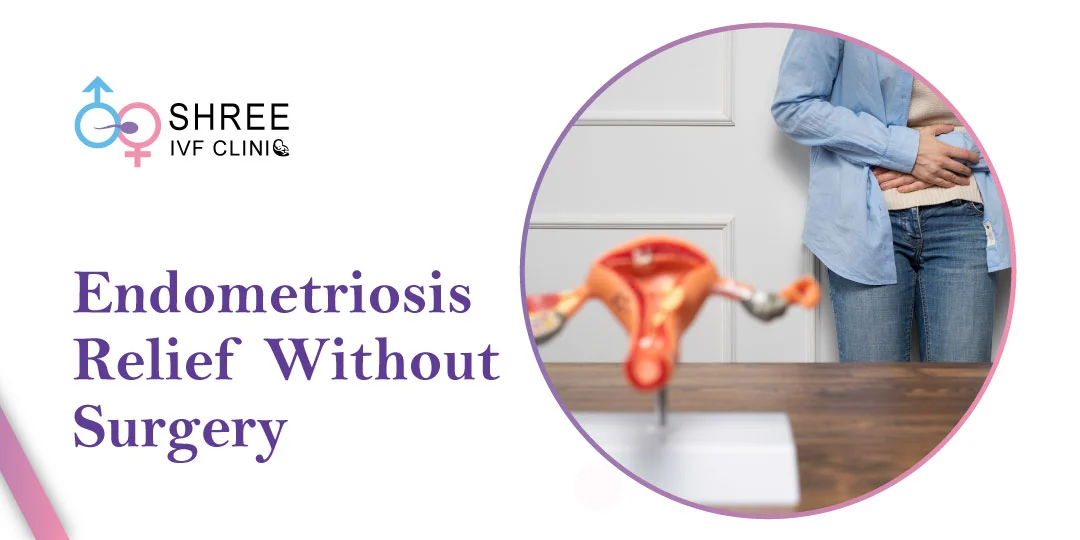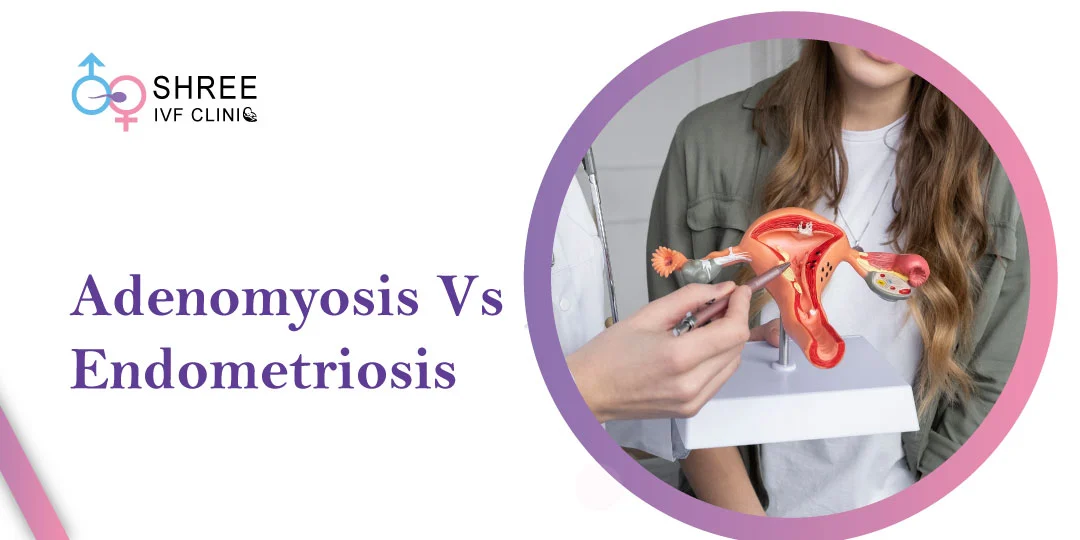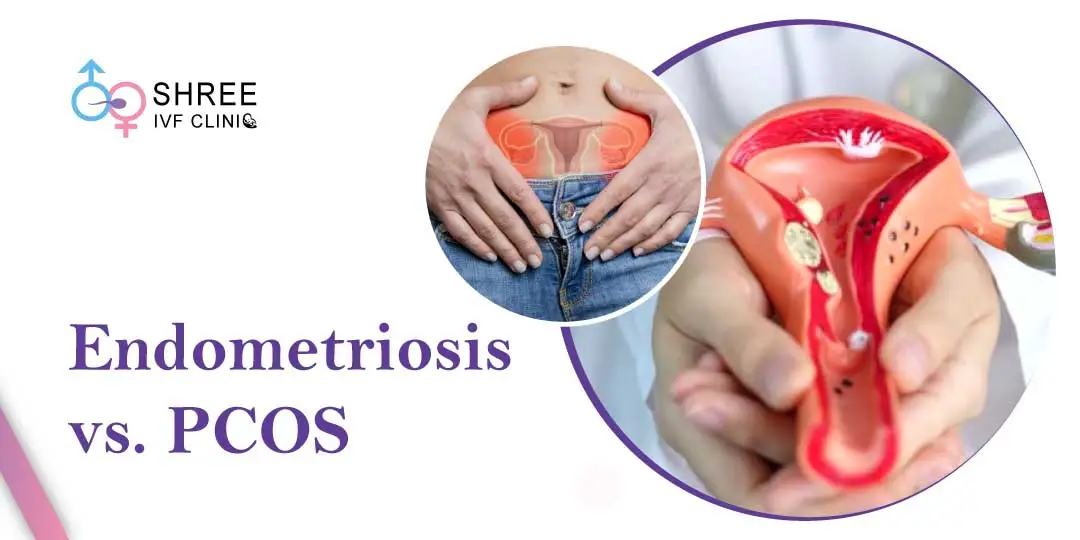Where does Endometriosis Occur?
UPDATED ON 01 OCT. 2024
Endometriosis is a complex pelvic and extra-pelvic disease caused by an altered immune response, leading to the growth of functional endometrial tissue outside the endometrial cavity of the uterus.
Theories behind Endometriosis Development
While there are multiple theories explaining the cause of Endometriosis, the most convincing explanation points to an altered immune response influenced by environmental factors. This theory helps explain the varied presentation of the disease across different locations in the body.

AUTHOR
Dr Jay Mehta
Scientific Director & IVF Specialist with 10+ years of experience
CONDITION
GET IN TOUCH ON
Common Locations of Endometriosis
- Pelvic Locations: The most common areas affected by Endometriosis include the bowel (rectum and sigmoid), appendix, caecum, small intestine, uterosacral ligaments, parametrium, urinary bladder, and ureters.
- Pelvic Nerve Involvement: Endometriosis can affect the pelvic nerves, particularly the obturator and sciatic nerves, where the nerve sheath becomes involved.
- Extrapelvic Locations: Extrapelvic Endometriosis can occur in the abdominal wall (commonly called scar Endometriosis), episiotomy site (perineal Endometriosis), gluteal region, upper abdomen (including the umbilicus), and the diaphragm. Diaphragmatic Endometriosis can sometimes involve the lungs, especially with nodular and muscular involvement of the diaphragm.
Multi Compartment Involvement
In many cases, Endometriosis involves multiple compartments, affecting various regions simultaneously. Unfortunately, there is currently no permanent medical cure for Endometriosis. Medical management focuses on arresting the disease’s progression through prolonged hormonal suppression.
Surgical Treatment of Endometriosis
The only curative treatment for Endometriosis is surgical excision from all affected locations. This complex procedure requires a highly skilled surgeon capable of handling pelvic and extra pelvic resections. Dr. Jay Mehta is widely regarded as one of India’s best Endometriosis excision specialists, due to his extensive experience and advanced training in gynecological oncology and reconstructive surgery.
Theories Explaining Pelvic Deposits of Endometriosis
- Retrograde Menstruation Theory:
One widely accepted theory is retrograde menstruation, where menstrual blood flows backward into the pelvis through the fallopian tubes. However, this theory has limitations, as not all menstruating women develop Endometriosis.
- Immune-Based Metaplasia Theory:
Another plausible theory is immune-based metaplasia of the peritoneal cells. In this case, environmental factors stimulate the immune system, causing peritoneal cells to transform into endometrial cells, which can explain the spread of Endometriosis to extra pelvic locations.
Also Read : Post-Surgical Care & Recovery After Endometriosis Surgery

4,790+
379K+
Location-Specific Symptoms of Endometriosis
- Bladder Endometriosis:
This can cause blood in the urine during menstruation.
- Rectum and Cervix Endometriosis:
These types typically cause deep pelvic pain, painful stool passage (dyschezia), and a feeling of pelvic heaviness.
- Pelvic Pain:
In most cases, multicompartment Endometriosis presents primarily as pelvic pain, although some patients with severe disease may be asymptomatic.
Challenges with Medical Management of Endometriosis
Many women, unaware of the severity of their condition, initially seek medical management, which may include hormonal therapies. Unfortunately, many healthcare providers, including general gynecologists, lack specialized knowledge in Endometriosis. This results in prolonged and often ineffective medical treatment, allowing the disease to progress.
Experience with Endometriosis Treatment in India
- Over-reliance on Medical Management:
In India, patients are often kept on medical management for years due to the reluctance of healthcare providers to refer them to specialists.
- Role of Social Media and Online Resources:
Many patients turn to social media and the internet for guidance, where they may encounter misleading or sponsored advertisements from practitioners.
Conclusion
Endometriosis is a complex and multifaceted disease that can involve both pelvic and extrapelvic locations. Proper management of Endometriosis requires specialized surgical expertise and comprehensive care.
While medical management may help control the disease, the only curative approach is excision of the endometrial tissue from all affected areas. For women in India, finding the right specialist is crucial to preventing recurrence and improving long-term outcomes.
AUTHOR
Dr Jay Mehta
Scientific Director & IVF Specialist with 10+ years of experience
CONDITION
CALL US 24/7 FOR ANY HELP
GET IN TOUCH ON
Share Article on
Recommended Reading
How To Cure Endometriosis Without Surgery?
Endometriosis symptoms can be managed without surgery. Medications, natural remedies, and lifestyle changes help to manage symptoms
Difference Between Adenomyosis and Endometriosis
Endometriosis causes tissue to grow outside the uterus, while adenomyosis leads to growth within the uterine muscle
Endometriosis vs. PCOS: What’s the Difference?
PCOS causes irregular or absent periods due to a hormone imbalance and high insulin/male hormones, while endometriosis causes painful periods without hormone imbalance





